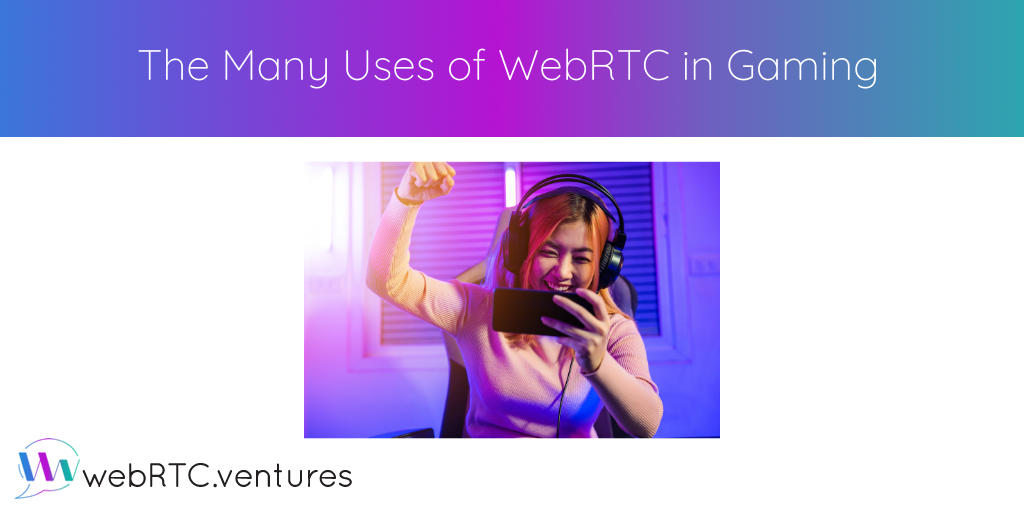The impact of the gaming industry in today’s entertainment scene is undeniable. In 2021, this “super platform” was valued at more than $300 billion with over 2.7 billion gamers worldwide. It is a beast bigger than the movie and music industries combined.
As noted by the World Economic Forum, multiplayer video games were the perfect opportunity to maintain social connections during the pandemic, thanks to the communication capabilities they offer. Talk shows and even weddings and graduations took place in the virtual world of Nintendo’s “Animal Crossing: New Horizons.”
WebRTC played an important part in the massive growth and success of the gaming industry in a number of ways. Let’s look briefly at four different applications of WebRTC in video games.
Gameplay Streaming
The first and most obvious use case for WebRTC in the gaming industry is gameplay streaming. WebRTC provides the ability to stream video and audio to thousands of viewers without additional software other than the browser.
Twitch, YouTube Gaming and Facebook Gaming are just a few of the major streaming platforms for games whose functionality can be provided using WebRTC.
In-Game Communications
One of the reasons why online gaming is so widely valued is the ability to interact with friends and people around the world in a fun way, without leaving your living room. In-game communications, usually in the form of text and voice chat, is what makes this possible.
We can see this in action in popular video games such as Fortnite or Garena Free Fire. And others, like the Roblox platform, are even implementing cool features like spatial audio to upgrade the experience even more.
This kind of text and voice chat communication requirements are the core of WebRTC capabilities. So it’s no surprise that it’s a perfect fit.
Cloud Gaming
Cloud gaming is also a perfect fit thanks to WebRTC’s ability to send arbitrary data with low latency. Our CTO, Alberto Gonzalez, wrote about cloud gaming and provided an excellent description of how it works.
We can see this in action as “cloud versions” of popular games such as Hitman, Marvel’s Guardians of the Galaxy and Dying Light 2 on the Nintendo Switch console. There are also Netflix-like subscription services such as Google Stadia, GeForce Now, Playstation Plus and Xbox Cloud Gaming which offer complete catalogs running in the cloud.
The main advantage of cloud gaming is that it provides a good way to overcome hardware limitations on games that require a lot of power, enabling play on any device connected to the internet.
Peer-to-Peer Multiplayer and Game State
Another use case for WebRTC is to enable players to connect each other directly and keep game state in sync for all participants. WebRTC enables this by allowing it to send arbitrary data through UDP, which in turn provides a low-latency flow of data between connected peers.
The actual implementation can be difficult in practice given the dynamic nature of video games and all the network conditions and moving parts out of control such as NATs and network congestions/partitions. However, it’s still an interesting approach.
Conclusion
The scope of WebRTC goes beyond traditional video conferencing and chat. The gaming industry is the perfect example where such real-time communication capabilities can be useful in many different scenarios.
If you’re interested in taking advantage of the many applications WebRTC has to offer and want to know how it can fit your use case, contact our expert WebRTC team.















